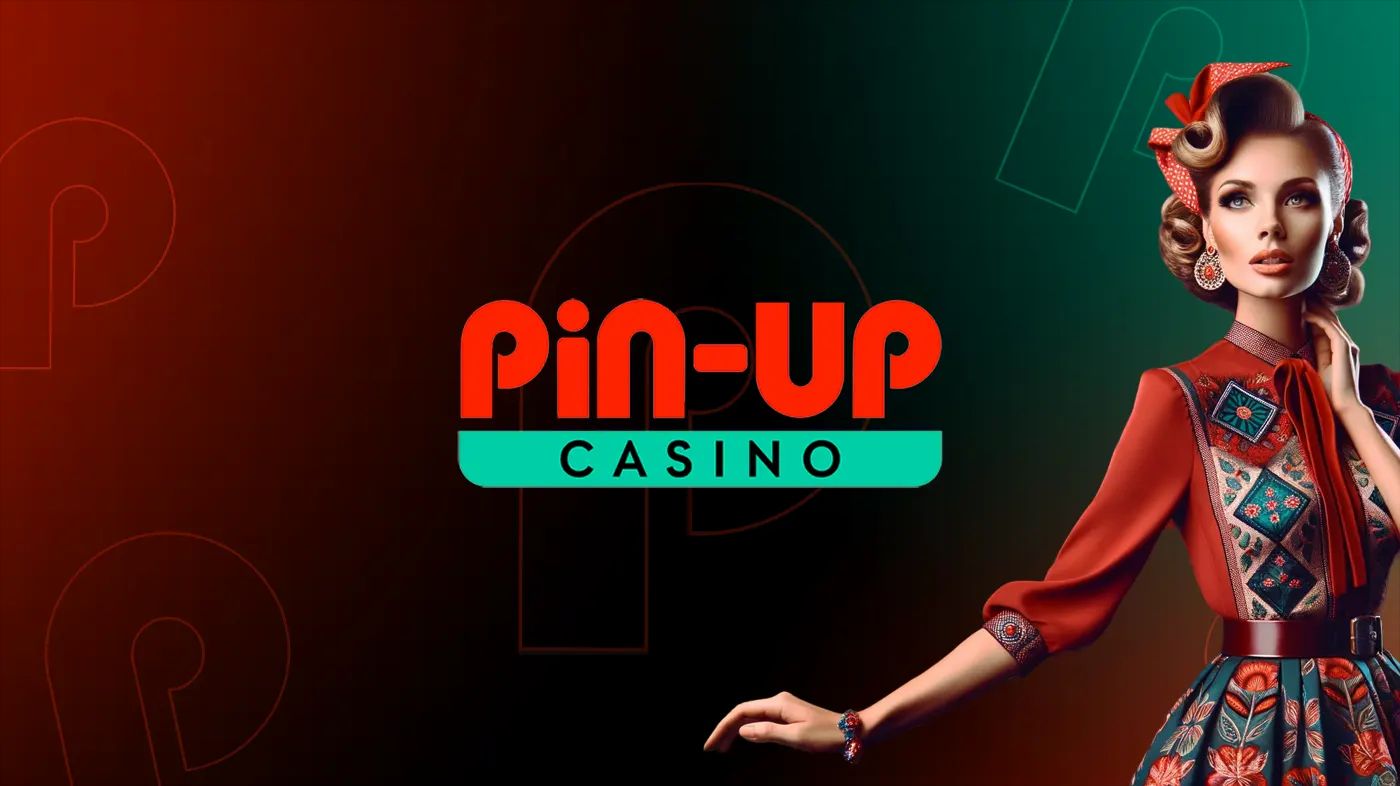
The term Pin-Up denotes a genre of art, photography, and modeling that gained particular popularity during the mid-20th century. Pin-up art generally featured women in a way that was glamorous, playful, and even provocative. These images were designed for posters, calendars, and magazines, with many people "pinning up" the images on their wall, giving the genre its name. Over time, pin-up culture finally evolved to represent beauty, confidence, and style; it also influenced fashion, media, and art.
1. What Is Pin-Up?
The definition of a pin-up would be an image of an attractive model-usually a woman-dressed fashionably or seductively, perhaps with the suggestion of playful sensuality. These models are shown in provocative but tasteful positions that evoke humor and playfulness. Although the very origins of the pinup culture were deeply steeped in the aesthetics of another era, its effects are still felt today, from fashion to art to design.
2. Pin-Up Culture: Some Conceptual Origins
Pin-up culture actually started in the early 20th century but climaxed during the Second World War. Soldiers would carry pin-up photos or posters of movie stars and models as a sort of morale booster during distressing times.
* The Gibson Girl: Long before the days of pin-up culture as we understand it, artist Charles Dana Gibson envisioned in the late 19th century the "Gibson Girl," representing the perfect American female. This image was to turn into an archetype for a new sort of pin-up icon.
* Era of World War II: During the 1940s, there had been mass production of pin-up images, and the actresses like Betty Grable and Rita Hayworth formed the front line in the genre. Images sent to soldiers overseas gave them a glimpse of home and comfort.
3. The Golden Age of Pin-Up Art
The 1940s and 1950s are considered to be the golden age of pin-up art. Pin-up illustrations appeared at the very front of popular culture with the work of Alberto Vargas, Gil Elvgren, and George Petty, to name but a few. Often, their creations were on magazine covers like Esquire and Playboy and created images that have become extremely iconic to this day.
Albert Vargas: With his pin-ups recording a more sophisticated and elegant modality, Vargas has become the synonym for Hollywood glamour and allure.
Gil Elvgren: In the pin-up illustrations of Elvgren, women are very often depicted in playful and everyday situations, bringing in more charm and humor into his works.
4. The Influence of Pin-Up on Fashion and Beauty
Pin-up culture remains one trend that has managed to leave an indelible mark in the direction of fashion and beauty, with most of the trends felt down to this day. The pin-up fashion was characterized by the following: high-waisted bikinis and clothes. Mostly, the images that were seen featured models in high-waisted swimsuits or dresses that accentuated their curves and brought about an impressively classic hourglass frame.
* Red Lips and Pin Curls: The bold red lipstick and perfectly curled hair became signature features of the pin-up look and set beauty trends that have survived to this day.
* Playful Accessories: From polka-dot scarves to cat-eye sunglasses, pin-up models were usually accessorized with playful and retro elements that added to their flirtatious appeal.
5. Famous Pin-Up Icons
Some of them became iconic figures in the pin-up world, and their images caught the eyes and hearts of millions, among whom could be included the following: For instance, Betty Grable is considered one of the most famous pin-up girls during WWII; an iconic picture of her in a bathing suit turned into a symbol of hope and glamour.
* Marilyn Monroe: Before she was a Hollywood superstar, the model Monroe did pin-up work, her photos launching her career. She melded innocence with sensuality in a way that really epitomized the genre of pin-up.
* Bettie Page: With her playful, risqué posing and her trademark bangs, Bettie Page became the archetype of the pin-up world-really pushing what was acceptable during the time period.

6. Pin-Up Art in Modern Culture
Even though the golden era of pin-up art is behind us, we can still feel the echoes of it throughout modern culture. Many of these works, artists, designers, and models continue to derive their inspirations from the classic pin-up aesthetic:
Retro Fashion Resurgence: Pin-up fashions have returned to the present, especially in those subcultures into vintage and rockabilly. In particular, brands of modern clothes would often shoot for the retro silhouettes along with the bold, glamorous styles of the 1950s.
* Pin-Up-Inspired Tattoos: These are just one of the very popular designs for tattoos, celebrating timeless beauty and fun from the genre of pin-up girls. More often than not, these tattoos contain a model in different vintage poses that have been done in a more modern twist to a classic aesthetic.
Music and Movie Influence: Musicians like Katy Perry and Dita Von Teese have picked up pin-up style-especially into music performances, music videos, and high-end fashion. The saucy, glamorous persona of pin-up models fits well into pop culture's proclamation of pride in self and individualism.
7. Pin-Up's Place in Empowerment and Body Positivity
While pin-up culture has come under fire for propagating unattainable beauty ideals, many consider it a form of appreciation for things feminine, confident, and body-positive:
* Body Positivity: The modern takes on pin-up celebrate women of all shapes and sizes, breaking away from beauty standards that had earlier been used to constrain them. Many contemporary pin-up models love their curves and use the genre as a way to feel confident and empowered.
• Empowerment Femenine: The pin-up look, though flirtatious, is about confidence and self-expression. An aesthetic very much adopted for women who find this a way to reclaim their sexuality and sense of style.
8. The Legacy of Pin-Up
The legacy of pin-up art and culture is that of resilience, glamour, and individuality. Coming from a genre that was much more restrictive in terms of social norms, pin-up today epitomizes beauty, empowerment, and even nostalgia. It is this uniquely diverse aesthetic that has continued to encourage and inspire new generations of artists, models, and fashion enthusiasts alike, proving its influence truly timeless.
Conclusion
From the early 20th-century illustrations, to nowadays with the revival of fashion and media, pin-up culture stays in people's hearts and is iconic in history. It's a lot more than just an aesthetic-it's a powerful combination of charm, confidence, and individuality. Whether appreciated for its artistic value or its daring style, pin-up has left an indelible mark on fashion, art, and culture.
Frequently Asked Questions
1. What is pin-up culture?
Pin-up culture is the art and style of models, mostly women, posed in glamorous or playful manners popularized in the mid-20th century.
2. Who were some famous pin-up models?
Icons like Betty Grable, Marilyn Monroe, and Bettie Page are a few of the most famous pin-up models, known for style and beauty.
3. Pin-up fashion: is it still relevant today?
Of course, in recent years, pin-up has started a revival - particularly among the retro and vintage fashion trends. Also, it can be included in modern clothing lines and beauty trends.
4. What were the roles of pin-up during World War II?
Pin-ups were sent out to soldiers during WWII for morale boosters. Actresses, like Betty Grable, became the symbol of hope and glamour for the armed forces.
5. How has pin-up culture changed?
From its roots rooted in specific beauty standards to pin-up culture evolving into body positivity and self-expression, it inspires modern fashion, art, and media.


